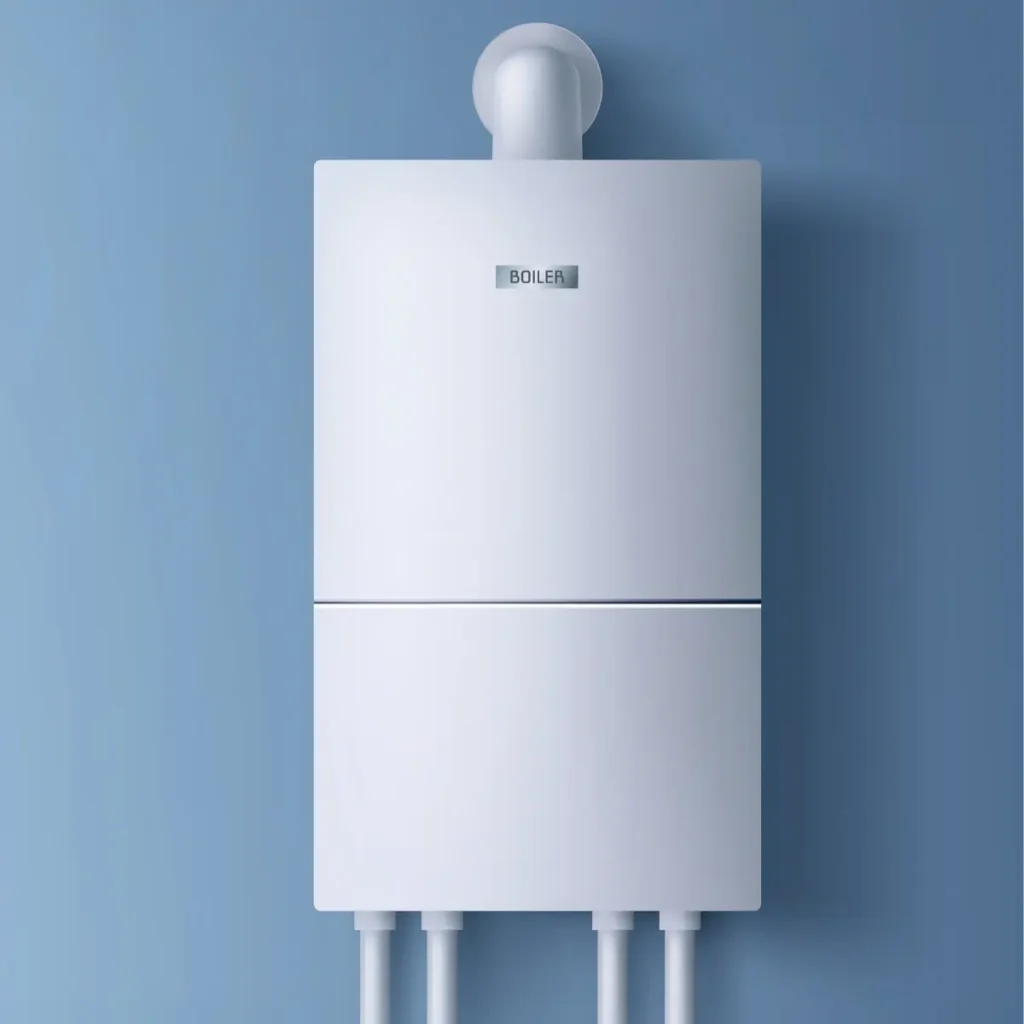Template
ECO4 Scheme Guide: How to Get Free Boiler and Heating Upgrades Before 2026 Deadline Add Your Heading Text Here Are you dreading another winter of sky-high energy bills? Watching your hard-earned money disappear into heating an inefficient home? You’re not alone. Thousands of UK households are struggling with outdated heating systems and rising costs. But here’s the good news: the government’s ECO4 scheme could transform your home completely free of charge. With £4 billion in funding available until March 2026, eligible households can receive free boiler replacements, insulation upgrades, heat pumps, and even solar panels. The clock is ticking on this opportunity, and understanding your ECO4 scheme eligibility 2025 status could save you thousands of pounds while making your home warmer and more efficient. Let’s explore how you can benefit before it’s too late. Quick Facts: What You Need to Know The ECO4 scheme offers £4 billion in government funding until March 2026 Eligible households receive 100% free upgrades with no repayment required Covers free boiler replacement UK, insulation, heat pumps, and solar panels Low-income households and those receiving certain benefits qualify Average savings: £500-800 annually on energy bills Explore More ECO4 Scheme The Energy Company Obligation scheme (ECO4) represents the UK government’s commitment to tackling fuel poverty and reducing carbon emissions. Launched to help vulnerable households, this initiative requires larger energy companies to fund energy-efficiency improvements in homes across the country. Unlike loans or subsidies, ECO4 grants provide completely free installations with no repayment necessary. The scheme specifically targets homes with poor energy efficiency ratings (EPC D-G) and households receiving qualifying benefits. From replacing ancient boilers to installing cutting-edge heat pumps, the programme covers a comprehensive range of measures designed to slash your energy bills and keep your home warm throughout winter. According to the official government consultation, the scheme aims to improve energy efficiency for over 500,000 homes before the March 2026 deadline. The urgency is real once the funding runs out, there’s no guarantee of extension. Am I Eligible? ECO4 Scheme Eligibility 2025 Checker Understanding your ECO4 scheme eligibility 2025 status is straightforward. The programme uses two main criteria: your household income and your property’s current energy efficiency. Income-Based Eligibility You automatically qualify if you or anyone in your household receives any of these benefits: Universal Credit Pension Credit (Guarantee or Savings Credit) Income Support Job Seekers Allowance (income-based) Employment and Support Allowance (income-related) Working Tax Credit Child Tax Credit Child Benefit (for households with a combined income under £31,000) Disability Living Allowance Personal Independence Payment Attendance Allowance Carer’s Allowance Industrial Injuries Disablement Benefit Even if you’re not receiving benefits, you might still qualify through the flexible eligibility route if your annual household income is below £31,000 and you live in a property with poor energy efficiency. Property-Based Requirements Your home must have an Energy Performance Certificate (EPC) rating of D, E, F, or G to qualify for most measures. Properties with higher ratings may still qualify for specific upgrades depending on circumstances. Both homeowners and private tenants can apply, though tenants need landlord permission for major installations. The ECO4 official website provides detailed guidance on checking your specific eligibility status and understanding which measures your property qualifies for. What Free Upgrades Can You Get? Available ECO4 Measures Government-backed upgrades to cut bills and carbon — tailored to your home. Free Boiler Replacement UK If your boiler is 15 years or older, you may qualify for a new A-rated condensing boiler. Modern systems convert up to 90% of fuel into usable heat — older models only 60–70%. Households save £300–£500 yearly after a boiler grant installation. Check eligibility Heat Pump Installation Air or ground-source systems provide efficient, low-carbon heating and hot water. Reduce heating costs by up to 40% compared with old oil or electric systems. Learn more Insulation Upgrades Cavity wall — trap heat between walls Loft insulation — stop warmth escaping through your roof Solid wall — internal or external insulation Explore options Solar Panels & Additional Smart heating controls Room-in-roof insulation Energy-efficient glazing Park home insulation See details Free Boiler Replacement UK If your boiler is 15 years or older, you’re likely eligible for a brand-new A-rated condensing boiler. These modern systems are dramatically more efficient than older models, converting up to 90% of fuel into usable heat compared to just 60-70% for outdated boilers. The difference shows immediately in your bills. Households typically save £300-500 annually after a boiler grant installation. That’s money back in your pocket every single year, and with a new boiler lasting 10-15 years, the lifetime savings are substantial. Heat Pump Installation For homes suitable for renewable heating, ECO4 covers air source or ground source heat pump installations. These systems extract heat from the air or ground, providing efficient, low-carbon heating and hot water. While heat pumps work differently from traditional boilers, they can reduce heating costs by up to 40% compared to old oil or electric systems. Insulation Upgrades Poor insulation is like heating the outdoors—your warmth simply escapes through walls, roofs, and floors. ECO4 covers: Cavity wall insulation: Filling the gap between exterior and interior walls to trap heat Loft insulation: Preventing heat loss through your roof (the biggest source of heat escape) Solid wall insulation: For properties without cavity walls, external or internal wall insulation Solar Panels and Additional Measures Through the solar panels grant programme, eligible households can receive free solar PV installations, generating electricity and reducing bills further. The scheme also covers: Smart heating controls and thermostats Room-in-roof insulation Energy-efficient glazing Park home insulation Step-by-Step Application Process Getting your free upgrades through the ECO4 scheme eligibility 2025 programme is simpler than you might think: Check Your Eligibility: Verify you meet the income and property requirements using online checkers or contacting approved installers like Simple Green Energy. Contact an Approved Installer: Work with a certified ECO4 installer who can handle the entire process. They’ll verify your eligibility and explain which measures your home qualifies for. Schedule Your Free Assessment: A qualified surveyor visits your property to assess



